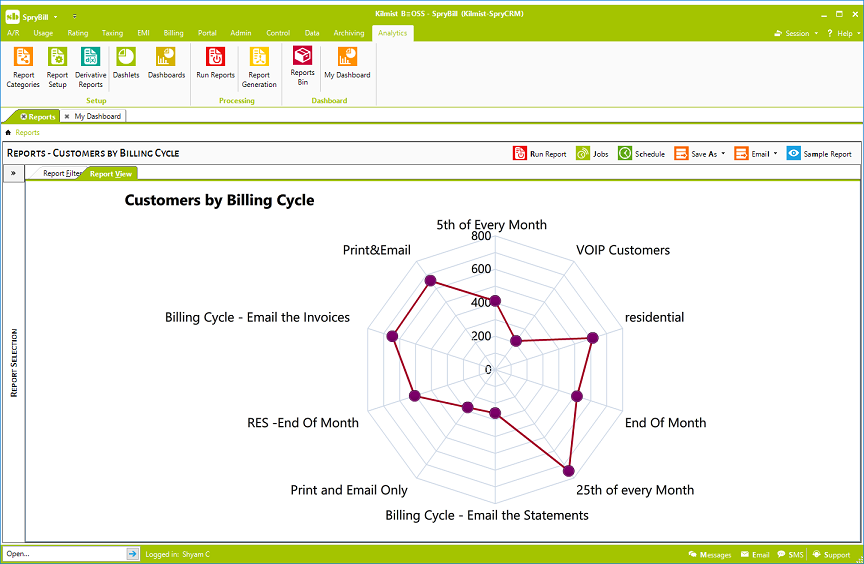Internet of Things (IoT)
We are living in an increasingly connected world. Everything we use, whether it be vehicles, household appliances or medical devices, is getting “smart” with embedded electronics, sensors, software, and network connectivity. They are designed to collect and share data with each other. The network that facilitates Machine-to-Machine (M2M) communications or Internet-of-Things (IoT) is projected for unprecedented growth.
Here are some forecasts:
IHS forecasts that the IoT market will grow from an installed base of 15.4 billion devices in 2015 to 30.7 billion devices in 2020 and 75.4 billion in 2025. (Source: IoT platforms: Enabling the Internet of Things, March 2016)
Bain predicts that by 2020 annual revenues could exceed $470B for the IoT vendors selling the hardware, software, and comprehensive solutions. (Source: Bain & Company, How Providers Can Succeed in the Internet of Things)
Internet of Things (IoT) sensors and devices are expected to exceed mobile phones as the largest category of connected devices in 2018, growing at a 23% compound annual growth rate (CAGR) from 2015 to 2021. 70% of wide-area IoT devices will use cellular technology in 2022. (Source: Ericsson Mobility Report; June 2016)
SpryBill is ready today to help you meet all of your IoT/M2M billing goals.
Scalable Usage Billing
SpryBill usage billing is built on a scalable platform that can capture, rate, and monetize billions of granular events or micro-transactions without a drop in performance. SpryBill real-time rating can be leveraged to process events as they occur to support innovative pricing models.
Monetization & Growth
SpryBill empowers you to quickly react to rapidly changing M2M/IoT market needs and capture new revenue by configuring, packaging, and launching new products. Be nimble, adapt and align your pricing strategy to maximize revenue and profitability. Ensure continued growth by relying on SpryBill’s future proof feature set.
Flexible Charging
Don’t let your billing system’s shortcomings stop you from exploring every revenue opportunity. SpryBill Elastic Billing allows charging and invoicing on virtually any interval you desire. It also supports any combination of one-time, recurring (subscription), consumption-based, tiered, threshold, or rules-based billing scenarios.

